Kathmandu – In a groundbreaking move to support businesses affected by GenZ protests, Nepal Rastra Bank (NRB) has issued a new circular authorizing banks and financial institutions to provide up to 80% financing for vehicle purchases. This unprecedented measure specifically targets entrepreneurs and business owners whose commercial vehicles were damaged during the September demonstrations that swept across Nepal.
The vehicle loan relief package marks a significant departure from existing regulations and demonstrates the government’s commitment to helping businesses recover from protest-related losses. Financial institutions can now extend credit facilities well beyond the previous 60% ceiling, exclusively for those impacted by the youth-led movement.
Revolutionary Change in Vehicle Loan Policy
The Nepal Rastra Bank circular represents a dramatic shift in automotive financing regulations. Until now, banks and financial institutions operating in Nepal could only provide maximum 60% financing for all types of vehicle purchases, regardless of circumstances.
Previous Loan-to-Value Limitations
Under the existing framework that has governed Nepal’s financial sector:
- Passenger vehicles: 60% maximum financing
- Commercial vehicles: 60% maximum financing
- Two-wheelers: 60% maximum financing
- Heavy equipment: 60% maximum financing
This conservative approach aimed to minimize banking sector risk and ensure borrowers maintained substantial equity in their vehicle purchases.
The New 80% Financing Provision
The NRB’s latest directive creates a special exception for GenZ protest victims. According to the official circular:
“For industries and business establishments directly affected by the GenZ movement, where commercial vehicles and transportation equipment have been damaged and require replacement, banks may maintain a loan-to-value ratio of up to 80%.”
This 20-percentage-point increase translates to significant financial relief for affected businesses.
Who Qualifies for Enhanced Vehicle Financing?
The 80% vehicle loan facility isn’t available to all borrowers—it specifically targets businesses meeting stringent eligibility criteria established by Nepal Rastra Bank.
Eligibility Requirements
To access the enhanced financing terms, businesses must demonstrate:
Direct Impact Verification:
- Documented evidence of damage from GenZ protests
- Official reports confirming vehicle destruction or severe damage
- Business registration and tax compliance records
- Proof of commercial vehicle usage
Commercial Usage Requirement:
- Vehicles must have been used for business operations
- Personal vehicles don’t qualify for enhanced terms
- Transportation and logistics businesses receive priority consideration
- Industrial establishments with fleet requirements eligible
Types of Vehicles Covered
The vehicle replacement loan program extends to various categories of commercial transportation:
- Delivery trucks and vans
- Passenger transport vehicles (buses, microbuses)
- Cargo and freight trucks
- Industrial transportation equipment
- Commercial two-wheelers used for business
- Specialized commercial vehicles
Financial Impact: What 80% Financing Means
The jump from 60% to 80% financing creates substantial practical benefits for affected businesses struggling to recover from protest-related losses.
Reduced Down Payment Burden
Consider a business needing to replace a commercial vehicle worth NPR 5,000,000:
Under Previous Rules (60% financing):
- Bank loan: NPR 3,000,000
- Required down payment: NPR 2,000,000
- Borrower’s upfront investment: 40%
Under New Relief Program (80% financing):
- Bank loan: NPR 4,000,000
- Required down payment: NPR 1,000,000
- Borrower’s upfront investment: 20%
This represents NPR 1,000,000 less in immediate capital requirements—a crucial difference for businesses already dealing with protest-related financial strain.
Cash Flow Preservation Benefits
Beyond reduced down payments, the enhanced vehicle financing helps businesses:
- Preserve working capital for operations
- Maintain emergency reserves
- Invest in business recovery and growth
- Manage other protest-related expenses
- Sustain employee salaries during recovery
Banking Sector Response and Implementation
Financial institutions across Nepal are now preparing to implement the NRB vehicle loan directive. Banks must establish verification mechanisms while ensuring the relief reaches genuinely affected businesses.
Documentation Requirements
Banks and financial institutions will likely require:
- Damage Verification Documents:
- Police reports filed during protest period
- Insurance claims documentation
- Photographs of damaged vehicles
- Third-party assessment reports
- Business Authentication:
- Trade license and registration
- Tax clearance certificates
- Business operation proof
- Previous vehicle registration records
- Financial Assessment:
- Business income statements
- Bank transaction history
- Existing loan obligations
- Credit history evaluation
Risk Management Considerations
While the 80% loan-to-value ratio provides borrower relief, banks must balance this with prudent risk management. Financial institutions will likely:
- Conduct thorough due diligence
- Verify claims against police and insurance records
- Assess ongoing business viability
- Structure appropriate repayment terms
- Consider additional collateral when necessary
According to Singha Darbar financial sector sources, major commercial banks are reviewing their processes to efficiently handle applications under the new framework.
Broader Economic Implications
The vehicle loan relief measure extends beyond individual business benefits, carrying wider economic significance for Nepal’s recovery from the GenZ protest impacts.
Supporting Business Continuity
Many affected businesses operate in critical sectors:
- Transportation and logistics: Essential for supply chain functionality
- Manufacturing: Requiring material and product delivery
- Service industries: Dependent on mobility for operations
- Tourism sector: Needing passenger transport capacity
By facilitating vehicle replacement, the measure helps maintain economic activity and employment.
Preventing Business Failures
Without adequate support, businesses facing significant vehicle replacement costs might:
- Delay operations indefinitely
- Reduce workforce to manage costs
- Face liquidity crises
- Eventually close permanently
The enhanced financing option provides a lifeline preventing such scenarios.
Banking Sector Role in Recovery
Nepal Rastra Bank’s directive positions the financial sector as an active participant in national recovery efforts. This approach:
- Demonstrates banking sector social responsibility
- Builds goodwill with business community
- Potentially expands banking customer base
- Creates positive precedent for crisis response
Comparison with International Crisis Response
Nepal’s approach to supporting GenZ protest-affected businesses aligns with international best practices in post-crisis economic recovery.
Global Financial Relief Models
Countries experiencing civil unrest or natural disasters have employed similar mechanisms:
Enhanced Lending Terms:
- Reduced interest rates for affected parties
- Extended repayment periods
- Loan restructuring opportunities
- Collateral requirement relaxations
Direct Government Support:
- Subsidy programs for replacement costs
- Tax relief measures
- Grant programs for small businesses
- Insurance scheme enhancements
Nepal’s 80% financing provision represents a market-friendly approach that leverages existing banking infrastructure rather than creating new bureaucratic systems.
Application Process and Timeline
Businesses seeking to access the vehicle replacement loan facility should understand the likely application procedures and timelines.
Step-by-Step Application
- Document Preparation:
- Gather damage evidence
- Compile business records
- Obtain official reports
- Prepare financial statements
- Bank Selection:
- Research participating banks
- Compare interest rates
- Evaluate processing times
- Consider existing banking relationships
- Formal Application:
- Submit complete documentation
- Undergo bank assessment
- Provide additional information as requested
- Await credit approval
- Vehicle Purchase:
- Finalize vehicle selection
- Complete purchase documentation
- Coordinate loan disbursement
- Register new vehicle
Expected Processing Duration
While specific timelines will vary by institution, affected businesses should anticipate:
- Initial review: 3-7 working days
- Document verification: 1-2 weeks
- Credit approval: 2-3 weeks
- Disbursement: 3-5 working days post-approval
Interest Rates and Repayment Terms
The NRB circular focuses on loan-to-value ratios but doesn’t specify special interest rate provisions. However, banks may offer competitive terms for GenZ protest victims.
Likely Interest Rate Structure
Commercial vehicle loans in Nepal typically carry:
- Standard rates: 11-14% annually
- Preferred customer rates: 10-12% annually
- Special program rates: Potentially 9-11% for affected businesses
Flexible Repayment Options
Banks may provide:
- Extended tenure up to 5-7 years
- Grace periods for initial months
- Seasonal adjustment for transport businesses
- Prepayment options without penalties
Expert Perspectives on the Relief Measure
Financial analysts and business advocates have welcomed the Nepal Rastra Bank vehicle loan initiative as a pragmatic crisis response.
Economist Viewpoints
“This targeted intervention addresses a genuine market failure,” note financial sector experts. “Businesses that lost vehicles through no fault of their own faced an impossible choice: secure expensive emergency financing or suspend operations. The 80% facility provides a middle path.”
Business Community Response
Industry associations representing transport, logistics, and affected sectors have expressed appreciation for the measure while emphasizing the need for:
- Simplified documentation processes
- Reasonable verification timelines
- Transparent eligibility criteria
- Fair assessment of claims
Long-Term Implications for Vehicle Financing
While designed as a temporary relief measure, the 80% vehicle loan facility could influence Nepal’s automotive financing landscape longer-term.
Potential Policy Evolution
The successful implementation might prompt:
- Review of standard 60% LTV limitations
- Sector-specific financing frameworks
- Crisis response protocols in banking regulation
- Enhanced flexibility in lending guidelines
Market Development Opportunities
Automotive and banking sectors may see:
- Increased vehicle sales to affected businesses
- Banking relationship strengthening
- Financial product innovation
- Better risk assessment methodologies
Conclusion: A Lifeline for Affected Businesses
The Nepal Rastra Bank’s 80% vehicle financing approval represents more than just technical regulatory adjustment—it’s a crucial lifeline for businesses struggling to recover from GenZ protest impacts. By reducing upfront capital requirements from 40% to 20%, the measure enables affected entrepreneurs to replace damaged commercial vehicles without devastating their cash reserves.
As banks implement the new guidelines and affected businesses begin applications, this relief package will test the financial sector’s efficiency in crisis response. The success of this initiative could establish important precedents for how Nepal addresses business impacts from future civil disturbances.
For GenZ protest-affected entrepreneurs, the message is clear: support exists to help rebuild and continue operations. The path to recovery now includes accessible financing options specifically designed for their circumstances.



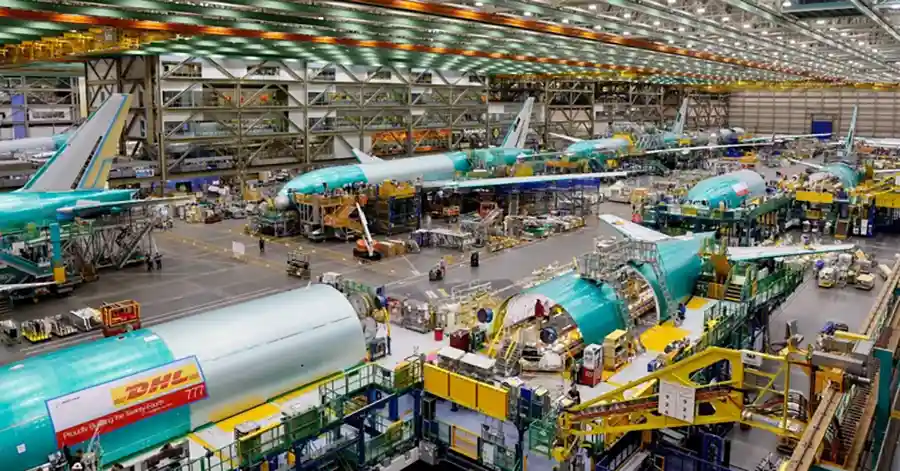


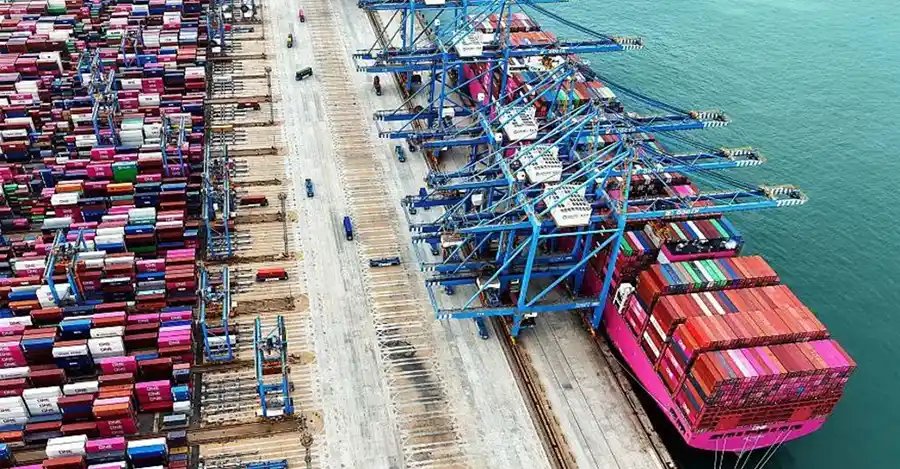


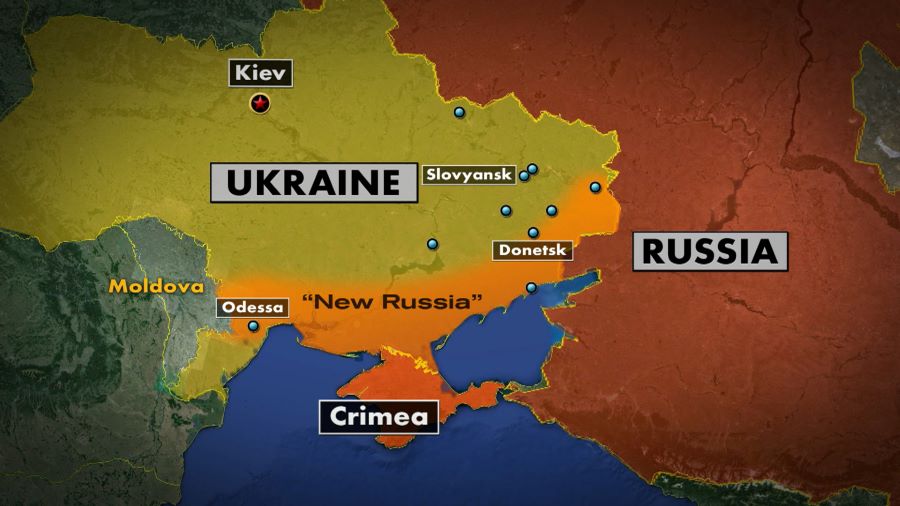


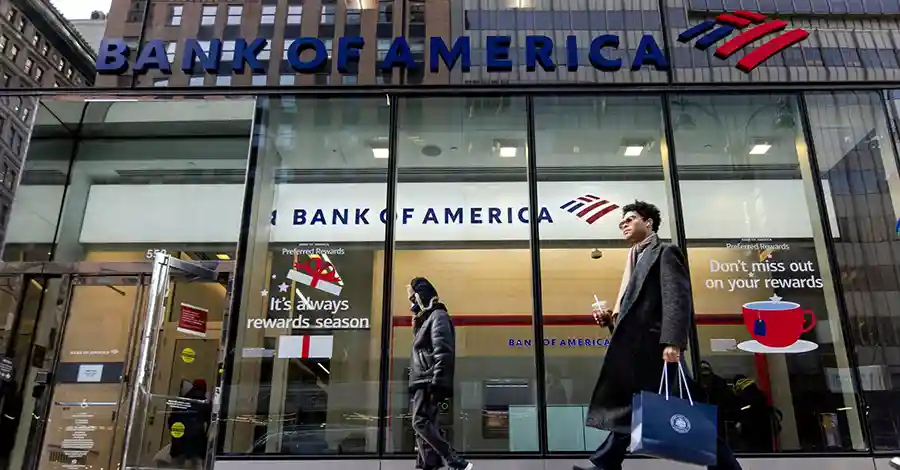


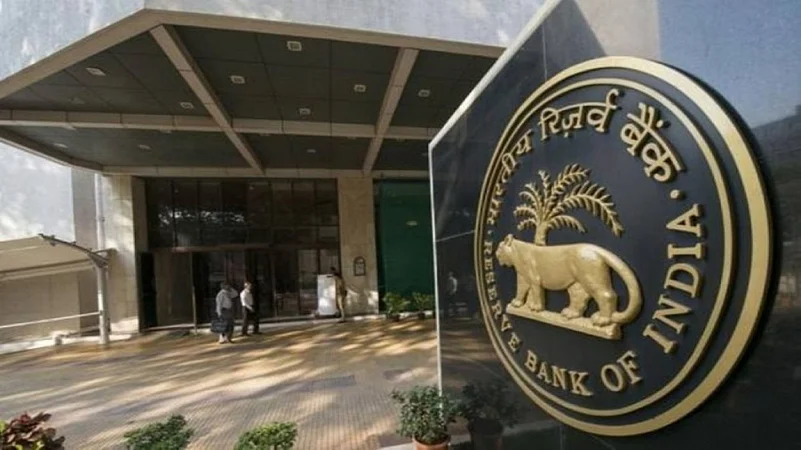


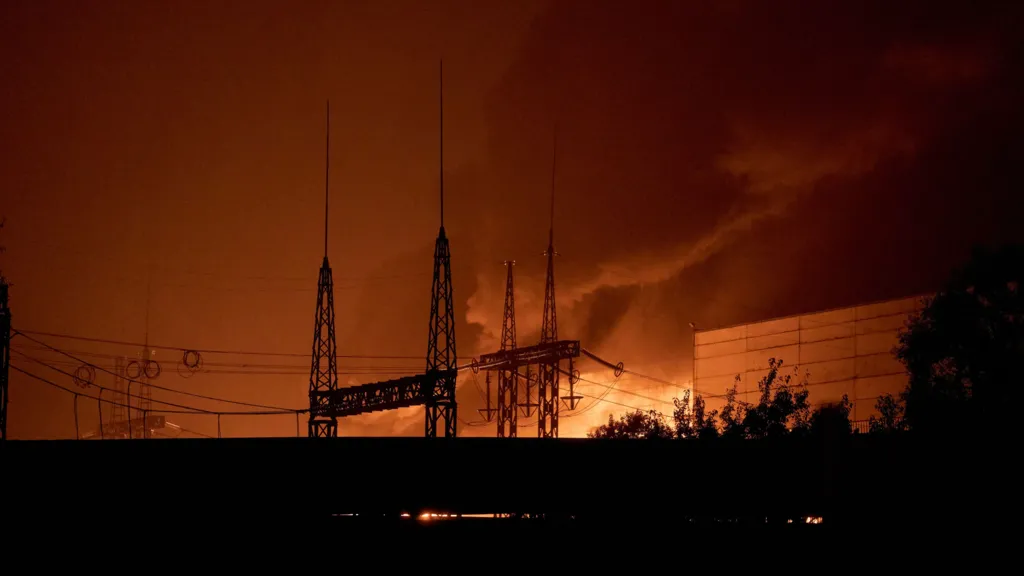

Comments